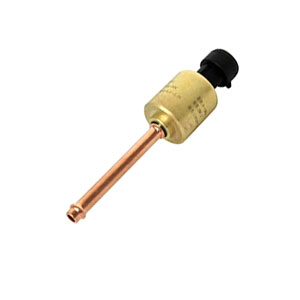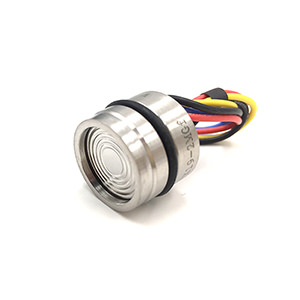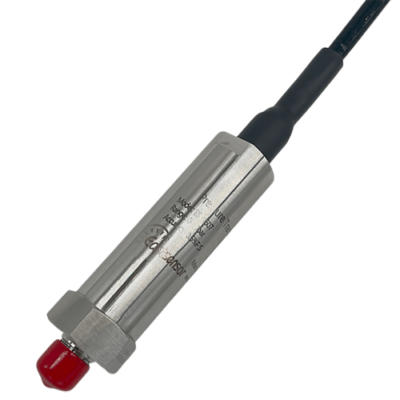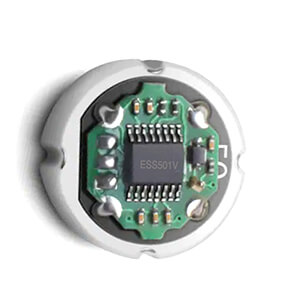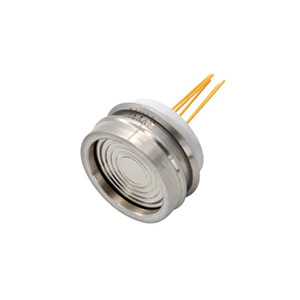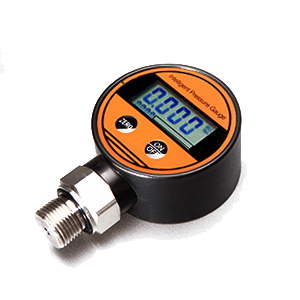What is Pressure Sensor Drift
Pressure sensor drift refers to how much the sensor’s OUTPUT changes over time even when the measured pressure is remaining constant.
To quantify drift, it is specified as a maximum change in sensor output over a given time period under stable temperature/pressure conditions, often stated as a percentage of full scale range per year or over sensor lifetime.
For example, a high accuracy sensor may drift less than 0.1% of full scale in 5 years. Proper sealing and compensation help reduce drift.
Imagine you have a pressure sensor monitor a tank that should always read 10 PSI. Over 6 months you notice it gradually shows 11 PSI instead.
This change in the sensor’s baseline READING when the pressure hasn’t actually changed is called drift.
To give real numbers from specs:
- A low-cost sensor may drift 0.5% of its full scale range per year.
- So a 100 PSI sensor could drift 0.5 PSI annually when pressure is stable.
- But a high-precision sensor only drifts 0.1% per year, or 0.1 PSI for the same 100 PSI range.
Drift occurs due to small material aging effects inside the sensor. Things like the flexible diaphragm bending over time can perturb the baseline.
Drift can also occurs due to temperature variation, it is also called pressure sensor Temperature Drift
Knowing the sensor’s maximum rated drift helps ensure you recalibrate before readings become unreliable. Good sensors keep drift very small, like 0.1% or less per year.
This ensures stable long-term monitoring of pressures without unexpected sensor output changes over time introducing errors. Let me know if any part needs clarifying!
What is the difference of pressure sensor drift and offset?
Pressure sensor drift and offset are two distinct types of errors that can affect the accuracy of pressure measurements.
Pressure sensor drift refers to the gradual change in output over time, even with a constant applied pressure, while pressure sensor offset refers to the deviation from the true zero pressure reading.
Both drift and offset can impact the accuracy of pressure measurements and need to be considered and compensated for in pressure sensor design and calibration processes.
- Pressure Sensor Drift:
Pressure sensor drift refers to a gradual change in the sensor’s output over time, even when the applied pressure remains constant.
It is typically caused by various factors such as aging, temperature variations, or changes in the sensor’s internal properties.
Drift can be expressed as a change in output per unit time, often specified in units like mV/year or %FS/year.
For example,
Let’s consider a pressure sensor with a specified drift of 0.1%FS/year.
If the full-scale range of the sensor is 1000 psi, the drift would be 1 psi/year. This means that over a year, the sensor’s output may shift by up to 1 psi, even if the actual pressure being measured remains constant.
Drift can accumulate over time and may require periodic recalibration or compensation to maintain accurate measurements.
- Pressure Sensor Offset:
Pressure sensor offset, also known as zero offset error, refers to a deviation from the true zero pressure reading when no pressure is applied to the sensor.
It can be caused by sensor drift, temperature effects, manufacturing tolerances, or other factors. Offset is typically specified as a percentage of the full-scale range (FS).
For instance,
Let’s assume a pressure sensor with a full-scale range of 1000 psi and an offset specification of ±0.5%FS. This means that when no pressure is applied, the sensor’s output may deviate by up to ±5 psi.
To compensate for offset errors, calibration or zeroing techniques are employed to ensure accurate measurements.
Imagine we have two sensors monitoring a tank that is empty.
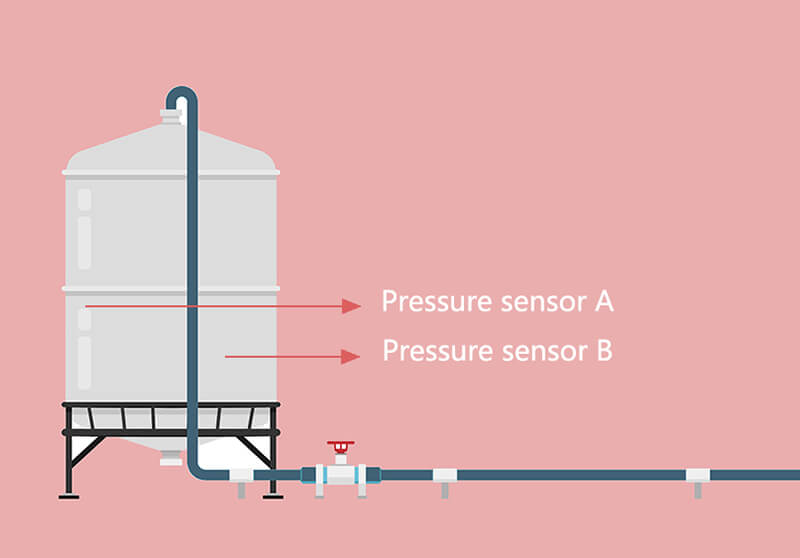
Sensor A reads 1 PSI, even though no pressure is present. This is called an offset error. It’s a consistent reading inaccuracy.
Sensor B correctly reads 0 PSI now. But over 6 months, without any pressure changes, it starts reading 0.5 PSI instead.
The change in Sensor B’s baseline reading is called drift. Whereas offset remains fixed, drift makes the reading slowly change over time even when pressure stays the same.
To give real data:
An offset spec is ±1% of full scale, so up to ±1 PSI on a 100 PSI sensor.
But drift is rated at 0.1% per year. So the 100 PSI sensor drifts only 0.1 PSI annually when pressure doesn’t vary.
How to reduce pressure sensor drift when daily use?
Pressure sensor drift refers to a gradual change in the sensor’s output over time, even when the applied pressure remains constant. To reduce pressure sensor drift during daily use, there are several measures that can be implemented. Here’s a simplified explanation of some effective strategies:
Temperature variations can significantly contribute to pressure sensor drift. Implementing temperature compensation techniques can help minimize this effect. By measuring the sensor’s temperature and applying appropriate corrections to the output, the impact of temperature-induced drift can be reduced. This can be achieved through calibration or using temperature compensation algorithms.
Check how temperature cause measurement errors
Check knowledge about temperature drift
2. Regular Calibration:
Regular calibration is crucial for maintaining accurate pressure measurements and reducing drift. Calibration involves comparing the sensor’s output to a known reference standard and adjusting it if necessary. By periodically calibrating the sensor, any drift that has occurred over time can be identified and corrected, ensuring accurate measurements.
Note: please refer to manufacture or contact us before you do sensor calibration, any mis conduction will lead to performance not accurate or even damage the sensor.
3. Stable Operating Conditions:
Maintaining stable operating conditions for the pressure sensor can help minimize drift. Fluctuations in temperature, humidity, or mechanical stress can contribute to drift. Therefore, it is important to ensure that the sensor is operated within its specified environmental conditions and is not subjected to excessive vibrations, shocks, or temperature variations.
4. Quality Manufacturing and Component Selection:
Pressure sensor drift can be influenced by the quality of manufacturing and the selection of components. Using high-quality materials and components that have low drift characteristics can help reduce drift. Additionally, employing robust manufacturing processes and quality control measures can minimize variations and ensure consistent sensor performance.
5. Aging Considerations:
Pressure sensors may experience Aging Effects over time, leading to drift. Understanding the expected aging behavior of the sensor and incorporating appropriate compensation techniques can mitigate drift.
This can include periodic recalibration or applying correction factors based on the sensor’s aging characteristics.
What is more, keeping sensors clean can also do some helps, wiping dust builds up that can absorb moisture over time, slowly changing readings. Periodic cleaning can maintains 0.1%/year drift specs on average.
Wrap up
Pressure sensor drift refers to the gradual change in the sensor’s output over time, even when the applied pressure remains constant.
It can be caused by factors such as
And changes in the sensor’s internal properties.
Drift is expressed as a change in output per unit time and can accumulate over time, requiring recalibration or compensation.
To reduce pressure sensor drift during daily use, strategies such as temperature compensation, regular calibration, maintaining stable operating conditions, using quality manufacturing and components, considering aging effects, and keeping sensors clean can be implemented.
These measures help ensure accurate and reliable pressure measurements over extended periods.

